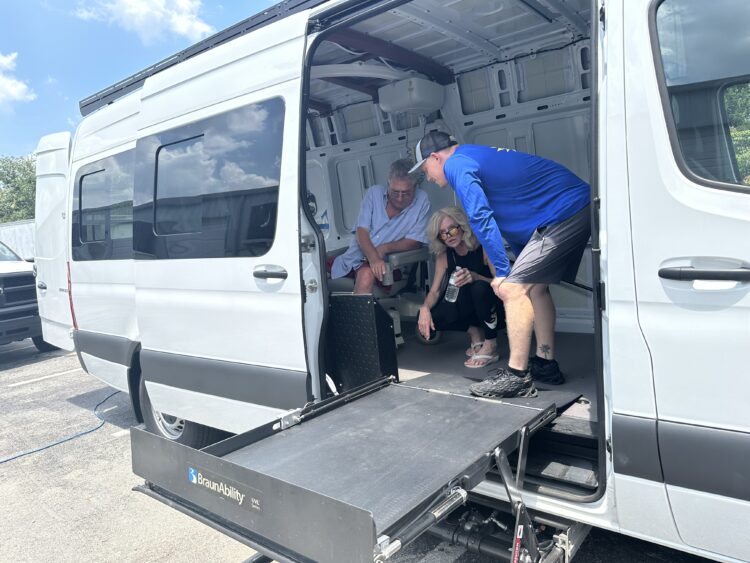
When Rick Berger was looking for an RV he could use, or van conversion he found plenty …but none of which actually suited his needs. Rick has ALS (Amyotrophic Lateral Sclerosis is known in some regions as Motor Neurone Disease MND) and has no mobility from the waist down. “Remember the ‘Ice bucket challenge’ of ten years ago?”, he asks “…well, that was to raise awareness of, and money for the ALS association“.
Rick lives in Florida; he has grand children living in Colorado whom he plans to visit – and on the same tour he’ll be taking in The Grand Canyon and Niagara Falls. He’ll be travelling alone. When I ask him how far The Grand Canyon is from home, his echo device tells him it’s 2,284.6 miles.
Rick has made some adaptations to his Mercedes-Benz Sprinter with a 170” wheelbase so that he can use it independently. It has a wheelchair lift on the passenger side; the driver seat can be raised or lowered – as can his wheelchair seat – so that he can transfer himself from one to the other. There is also a ceiling lift which allows him to get from his chair into the bed, and vice-versa. He’s afraid that his mobility devices will fail to work – in fact they both have, once each, owing to a mechanical failure. “It scares the hell out of me – but you have to live.” He says.
There are production vans for people with access-limiting conditions and there are van-converters who will build those solutions into as-bought vans. But if you wish to stay in control – perhaps doing some of the work yourself, all of a sudden you discover that the companies offering bespoke services actually want to do it their way. One quote for completing the accommodation had $10,000 added to it because some of the work – fitting the mobility assistance devices – had already been done.
Access equipment uses power – so Rick needs a cast-iron guarantee that power will always be there. Add to the mix that he has a hypersensitivity to temperature and wants to be able to use the air-con full-time if he chooses and you begin to appreciate that his power system is going to work hard …particularly as Rick prefers to stay off the beaten track rather than plugged in at an organised camp site. Many park up locations have anti-idling laws – so you can’t just leave the motor running. Neither does it work for him to check in at a hotel because American Disability Act compliant locations don’t have the equipment he needs.
His RV is his hotel room on wheels.
It took Rick a long time to find a mobile power installer who would truly work with him to design the power system for his needs. The company he eventually worked with was Mobile Solar Consulting who thrive on responding to clients’ needs – rather than installing the same as last time.
The first requirement was that Rick needs all control to be accessible from his chair “in the range of 15″ to 30″ in height” he says.
Matt Walker of Mobile Solar Consulting likes to learn how his customers plan to use their van or RV – and then design a customised power system which will do that for them – both for DIY installers nation-wide, and for those planning to visit the workshop in Jupiter, Florida, for an in-house installation by their team of experts. The resulting installation will be one-of-a-kind.
Matt says he likes to install Victron Energy devices because they offer maximum flexibility. Choosing from an extensive list of models for power harvest, storage and conversion – all of which talk to each other – and being able to programme the functions of each allows limitless customisation. But as an installer your reputation is on the line, so it’s the reliability of the electronics which is paramount.
The biggest power challenge of Rick’s installation to was ensure the AC unit could run ‘off grid’ – all day if necessary. In fact it can run for two days straight from his 10kWh battery storage – even if no energy is replaced from the 750Wp solar panels, or his dual alternator system. A 48V Nations Alternator capable of delivering a massive 100A has been included in the installation and is controlled by a Wakespeed regulator. You can read more about Victron/Wakespeed compatibility here.
System Overview:
- Lithium Battery Smart – 2 x 200ah 24V in series for a 48V system
- Lynx Smart BMS – dedicated battery management
- Cerbo GX + Touch 70 – touch screen user interface and communication centre.
- Lynx Distribution
- Smart Battery Protect 220A – drops non-essential loads before the battery becomes depleted.
- Multiplus 48V/3000W Inverter – continuous reliable power covered by 5 year warranty
- SmartSolar MPPT 100/20 for 750W of Solar Panels – Bluetooth communication, Intelligent charger
- 2 x Orion DC-DC Converters 48-12/30A – for powering 12V loads like lighting and USB ports)
- 1 x Orion DC-DC Converter 48-12/9A dedicated to starter battery for worry free get me home engine start
- Wakespeed Regulator for Nations Alternator
- Ventilation Fans automated to turn on at high temperatures using Ruuvi Tag compatibility to trigger the relay on the Cerbo-GX to keep the installation cabinet cool. You can learn how to add Ruuvi Tags sensing here.
- Manual Transfer Switch installed as a failsafe, allowing the customer to bypass the electrical system and run directly off of shore power (grid energy) while performing maintenance.
- Hinged front to the electrical cabinet allows easy access for maintenance
Looking back on the installation Matt notes some of the features:
- Larger Battery Bank than usual to ensure the Air Conditioner can run for multiple days without sun, shore power, or driving.
- Electrical cabinet height was made as short as possible (15”), inverter was mounted sideways, in order to accommodate the lowest possible bed height – required so Rick’s Bed Lift system can lift him into bed.
- Switch/Control Column (including GX Touch 70) was created near the wheelchair lift/passenger door, which is where Rick enters/exits the vehicle, allowing him system control from a convenient location and height.
- Smart Battery Protect used to prioritize loads, turning off the 48VDC air conditioner before the batteries are empty, whilst leaving essential loads on. This will notify any user that energy remaining is limited and it’s time to recharge!
- Secondary Alternator installed to recharge batteries quickly (up to 4kW charging takes the battery from 0% to 100% in 2.5 hours)
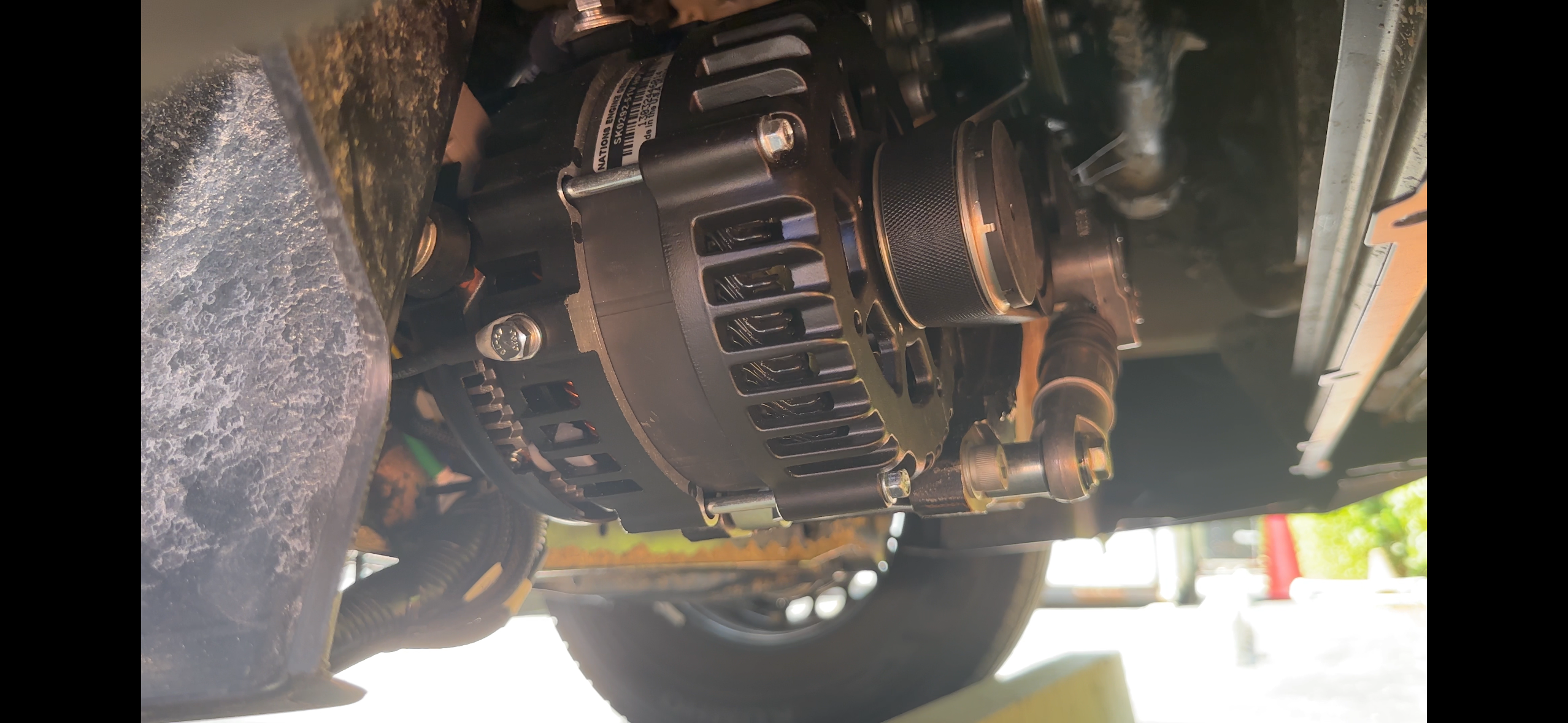
- 48V system was built to accommodate the massive amount of energy coming from the secondary alternator (we normally install new systems @ 24V)
- Energy dense Smart Lithium Batteries were used to fit the most energy storage into the smallest space, again with the goal of keeping the electrical cabinet’s height as short as possible for accommodating the lowered bed (as opposed to other battery models or brands)
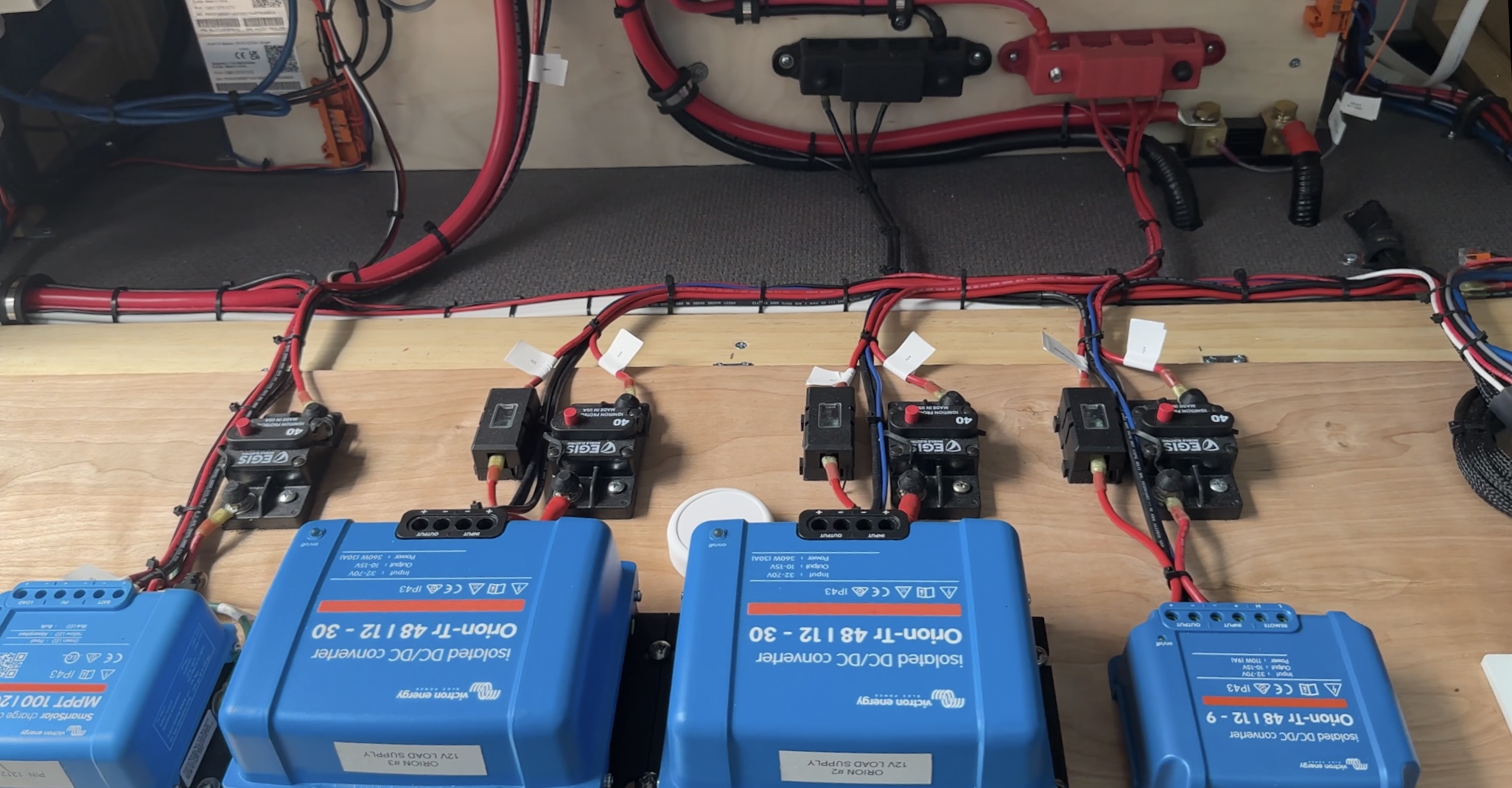
- Trickle charger installed for the starter batteries using Orion 48-12. The wheelchair lift has a parasitic drain on the starter battery. Now a jump start will never be needed!
- Nomadic Cooling’s X2 AC unit was mounted as far in the rear as possible to allow space in the front for the chair-to-bed ceiling lift. We normally use different air conditioners, but this unit flush-mounts on the interior, saving space for the bed lift system.
- Unaka’s HSLD Roof Rack made from 8020 Aluminium has been used to mount the solar panels. 750W of solar is installed on the roof, and there is an option to add 150W more later.
Rick is planning to get the accommodation fitted out shortly so that he can start travelling. He’s promised to get back to us to let us know how it all goes.






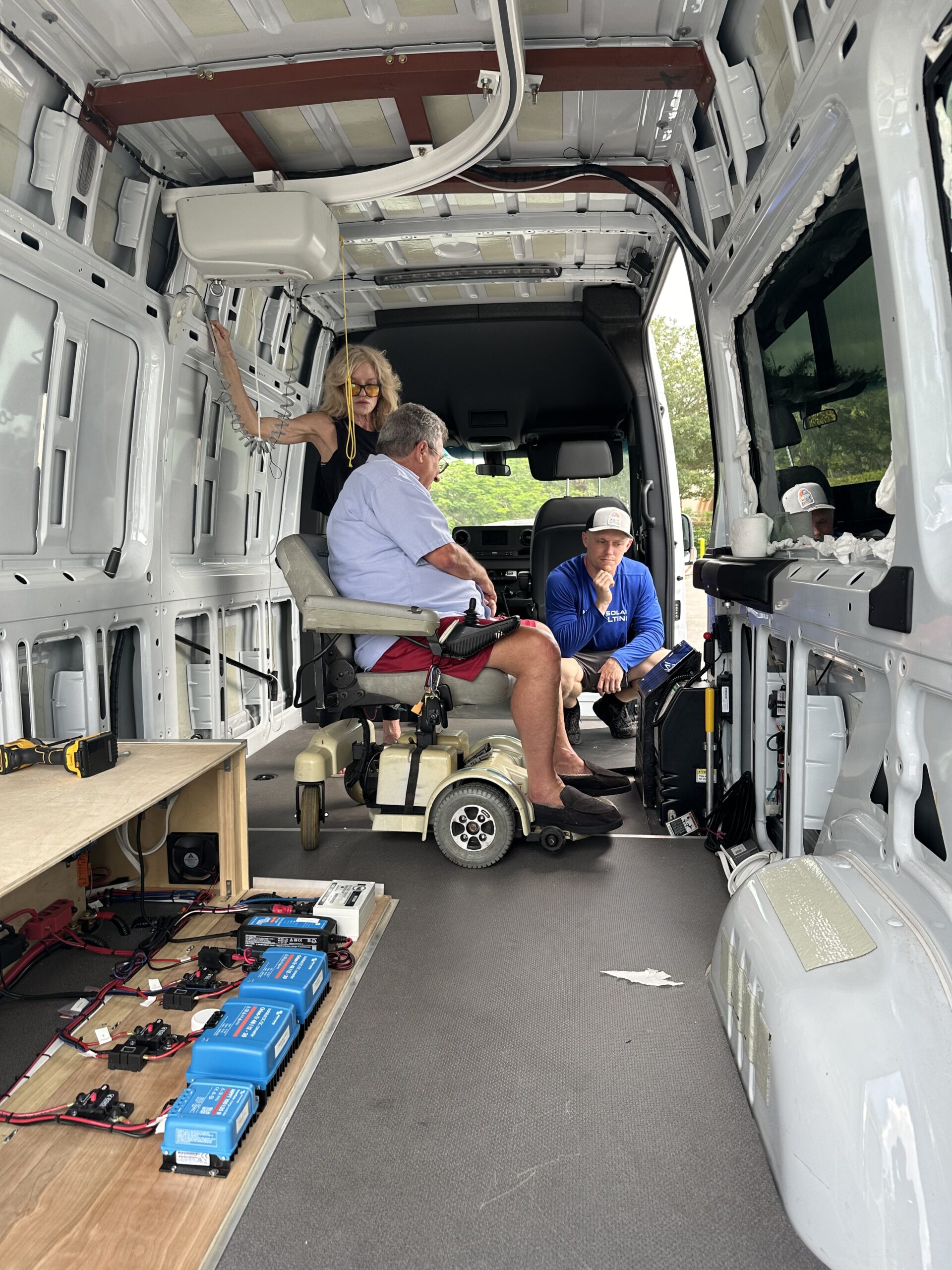



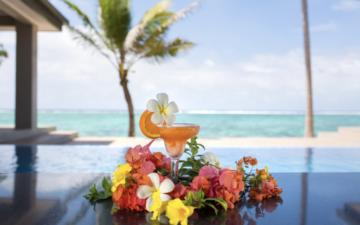

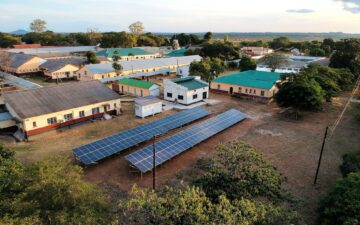









 #victronenergy #adventure
#victronenergy #adventure
 ELECTRICS
ELECTRICS 
